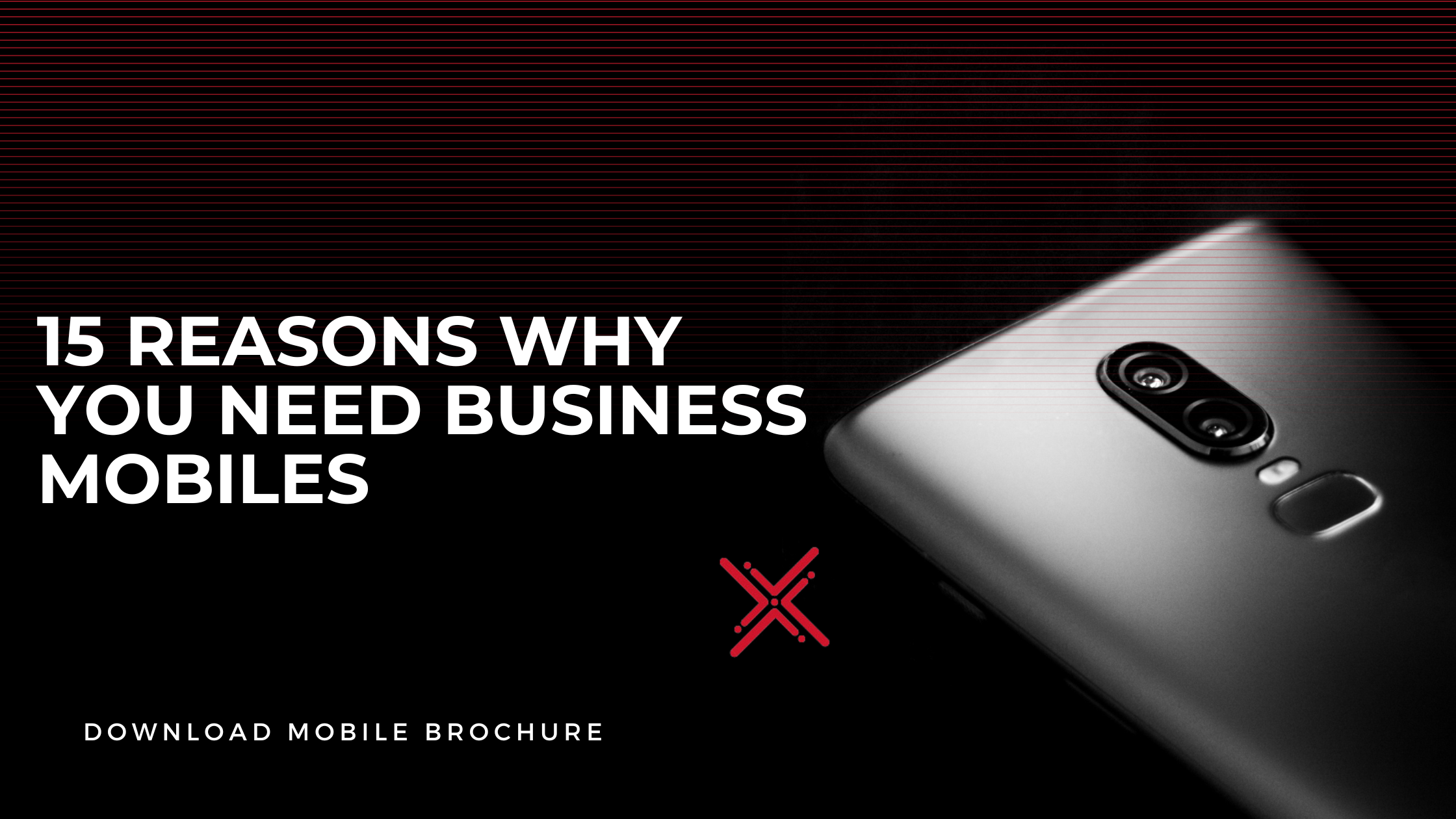For Apple enthusiasts, mark your calendars and prepare for the much-awaited iPhone 15 series! With a lineup of four models, including the Plus, Pro, and Pro Max variants, Apple has again set the tech world abuzz. In this comprehensive guide, we’ll delve into the exciting new features of the iPhone 15, offer insights into which model might suit you best, and provide a glimpse into the anticipated release date. As Apple continues to push the boundaries of smartphone technology, the iPhone 15 is poised to deliver a range of exciting features. Here’s a sneak peek at what you can expect:
1. eSIM Technology: One of the most anticipated features is the adoption of eSIM technology. Apple first introduced eSIM support with the iPhone XS series in 2018 and expanded with the iPhone 14. Now, it’s expected that the iPhone 15 will fully embrace eSIM technology globally. E-SIMs offer the convenience of a digital SIM card, making it easier to switch carriers and manage your connectivity options.
2. USB-C Ports: Rumors have been circulating about Apple’s potential transition to USB-C ports in the iPhone 15 lineup. This shift seems inevitable, with the European Union and India moving towards standardized charging ports. However, EU regulations will come into full effect at the end of 2024, leaving room for speculation about whether Apple might leap directly into wireless charging. Regardless of the specifics, this transition promises enhanced charging convenience and faster data transfers, especially for the Pro models.
3. Improved Camera Features: Photography enthusiasts take note! The iPhone 15 brings significant camera upgrades. Expect a 48-megapixel wide lens with a stacked image sensor, promising improved dynamic range, reduced noise, and minimized overexposure and underexposure. These enhancements will undoubtedly elevate your travel photography game.
4. Faster 5G Modem: All iPhone 15 models are set to incorporate a faster and more advanced modem chip, the X70 chip. This chipset is expected to leverage artificial intelligence capabilities for faster average speeds, better coverage, improved signal quality, lower latency, and a 60% improvement in power efficiency compared to the iPhone 14 series.
5. Dynamic Island: Building on the innovation introduced with the iPhone 14 Pro, the iPhone 15 is expected to feature the dynamic island. This interactive in-screen display replaces the traditional notch and showcases alerts, notifications, music controls, Maps directions, and more. It’s a visually engaging addition that promises to enhance user experience. iPhone 15 Pro and Pro Max/Ultra Features For those seeking the pinnacle of iPhone technology, the Pro and Pro Max/Ultra models are expected to deliver a host of premium features:
1. A17 Bionic Chip: Insiders anticipate that these models will be powered by an A17 bionic CPU, featuring a tiny 3-nanometer chipset. This chip promises significant speed and battery life improvements, with TMSC, the chip manufacturer, predicting a 35% enhancement in power efficiency.
2. Periscope Lens: Apple will introduce its first periscope telephoto camera in the iPhone 15 Pro Max/Ultra. This 12-megapixel lens would enable a 6X optical zoom, twice the capability of the current pro models. It opens up new horizons for capturing distant subjects and enhances your photography options.
3. Titanium Frame: The iPhone 15 Pro Max/Ultra may sport a titanium frame, offering enhanced strength and reduced weight compared to the stainless steel models of the current pro versions. This change not only enhances durability but also contributes to a sleeker design.
4. Solid-State Volume and Power Buttons: Anticipated iPhone 15 Pro and Pro Max/Ultra design features include solid-state volume and power buttons. These buttons will provide:
- A flush surface.
- Replicating the tactile feel of pressing a button without any physical movement.
- Contributing to the overall premium look and feel of the device.
In conclusion, the iPhone 15 series promises an exciting array of features, catering to various preferences and priorities. Whether you’re interested in cutting-edge technology, photography enhancements, or an overall premium experience, the iPhone 15 has something for everyone. Stay tuned for the official unveiling and be prepared to be wowed by Apple’s latest masterpiece.











